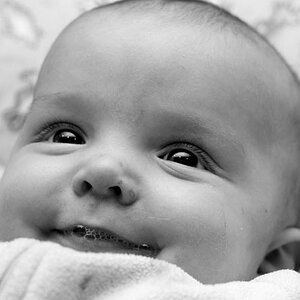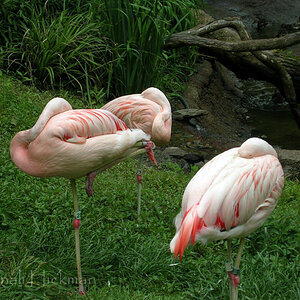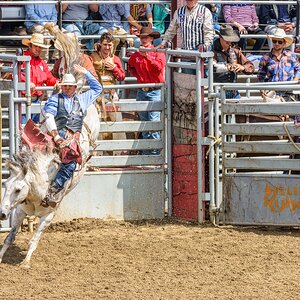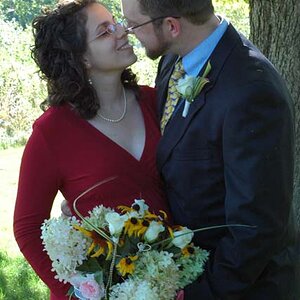rwalsh81
TPF Noob!
- Joined
- Jul 5, 2017
- Messages
- 69
- Reaction score
- 2
- Can others edit my Photos
- Photos NOT OK to edit
I'm going to be on Cape Cod in the next couple of weeks and want to try and get some night time shots including the moon. I'm shooting on a Canon SL1, would I be good with a 70-300mm lens with a 2x extender attached?



![[No title]](/data/xfmg/thumbnail/40/40288-4d5d7a8aa74ddfceb5fb82062d9b21be.jpg?1619739409)
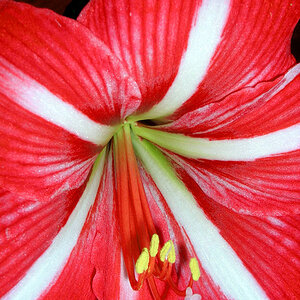
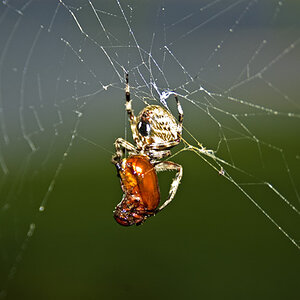
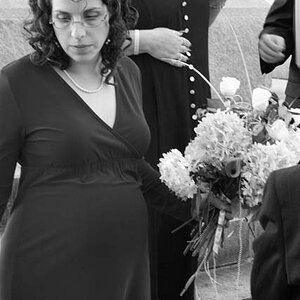
![[No title]](/data/xfmg/thumbnail/42/42464-98a778e864f4e6df2a9cc673b7549322.jpg?1619740192)
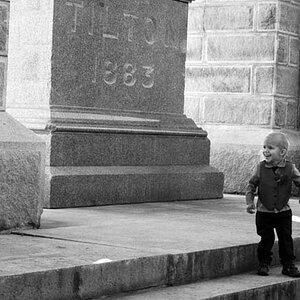
![[No title]](/data/xfmg/thumbnail/40/40287-4f839095000f74d779b90ed75df9dc62.jpg?1619739408)
![[No title]](/data/xfmg/thumbnail/42/42468-f720ff996eb9cc6554c0019901223156.jpg?1619740193)
